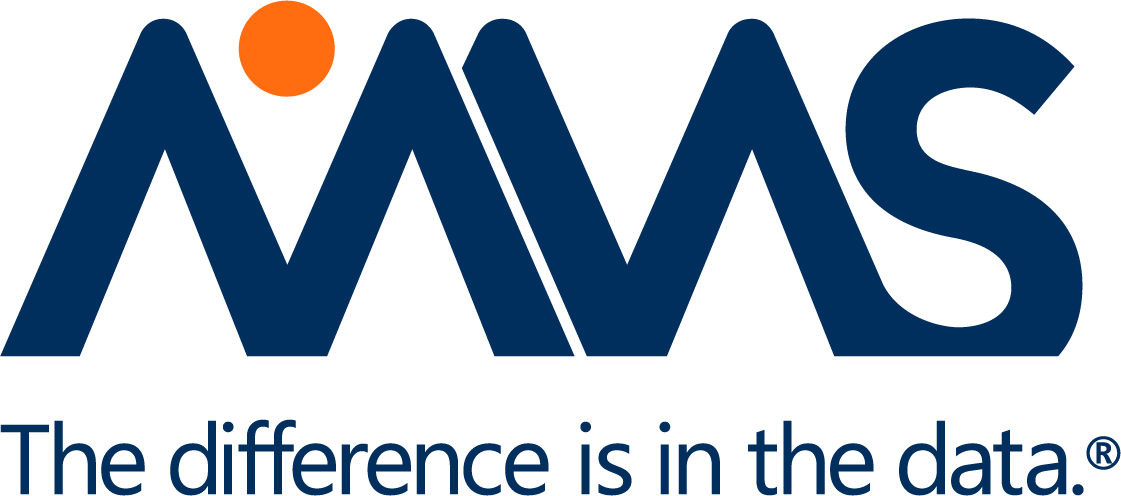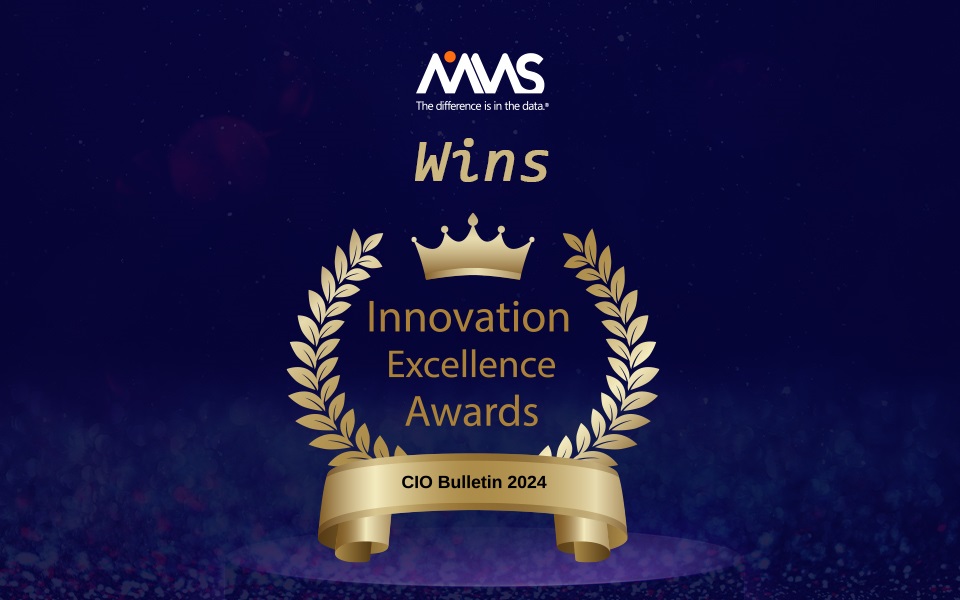What makes a safety writer successful and how have you applied this to your work?
Safety writers have a unique niche within regulatory writing, in that we work on early development and postmarketing documents alike. This breadth comes with challenges, requiring safety writers to understand a wide variety of scientific concepts that need to be applied to documents. In addition to a strong scientific knowledge base, the safety writer must be aware of the regulatory requirements for different documents from health authorities, like the FDA and EMA. When you factor in the multiple regions and countries that have applicable regulations, it can end up being a lot to track, along with a constant learning curve to updated regulations. In my personal experience, I have relied on various conferences, symposia, and seminars to stay current with requirements.
How do you approach FDA briefing documents and annual reports, such as the Development Safety Update Report (DSUR) and Periodic Benefit Risk Evaluation Report (PBRER)? What tips do you have for streamlining the preparation of these?
These documents require input from a variety of functions within the development team. For the DSUR and PBRER specifically, the regulatory requirements are very clear. The best practice here is for the medical writer to assume the lead role for the deliverable and to directly manage the development of the report, requesting input from the team as needed. On the other hand, briefing documents for the FDA and other health authorities can go in a variety of directions. The best practice – in my opinion – for briefing documents is to engage the team in a thorough discussion on the content and strategy and obtain a verbal consensus for the document prior to beginning the first draft. This leads to a more efficient process with early buy-in and minimizes major changes in strategy.
REMS have been in the news lately, what do you believe are some of the biggest challenges that sponsors face with these documents?
No two REMS programs are alike – each program has different requirements and challenges. The FDA has been active in addressing these challenges through its stakeholder engagement. Towards the end of 2017, as part of the REMS Integration Initiative, the FDA released a revised template for the REMS document that helped stakeholders identify what the REMS requirements are and who is responsible for the requirement. I think this has had a positive impact on reducing the associated REMS burden on the stakeholders.
If you had asked me this question a few weeks ago, I would have said the biggest challenges with the REMS documents are in the REMS assessment reports and REMS knowledge surveys, as there was little information available on what the FDA expects. However, just recently, the FDA released two REMS draft guidances on these topics to provide input on how to develop a REMS knowledge assessment and a standardized approach to report findings in the REM assessment report. It will be interesting to see how the public discussion surrounding these guidances unfolds, but nonetheless, this is a positive development for all REMS stakeholders. At MMS, we write a large number of REMS and are therefore able to bring this expertise to our sponsors who may not be involved with REMS routinely.
Tell us about your global team leadership style and how you keep colleagues engaged, valued, and trained properly with new regulations.
I am privileged to work with a very talented global staff of safety writers at MMS. Our group has regular internal training sessions to stay current on the regulations and guidances pertinent to our areas of expertise. When assigned to a project, I proactively encourage colleagues to understand the intricacies of the program that they support. Doing so allows our group to establish trust with the sponsor team from the beginning, so that we can contribute our expertise and deliverable-specific experience as a collaborative effort. I take pride in knowing that quality work will help sponsors and their patients, and I make it a point to remind teams of our end goal – helping patients.
What changes do you see in the future of safety writing for the pharmaceutical industry in the next 5-10 years?
Today, patients have access to an unprecedented amount of clinical trial information through transparency initiatives, such as clinical trial disclosures. This trend will continue, and in the next five to 10 years, I expect that technology advances will make it simpler to get accurate clinical trial information to patients in formats that are more easily understood by the general population. A large part of safety writing focuses on informing patients of the risks associated with a product; it will be interesting to adopt writing strategies to deliver the key messaging via the different media used in the future.





